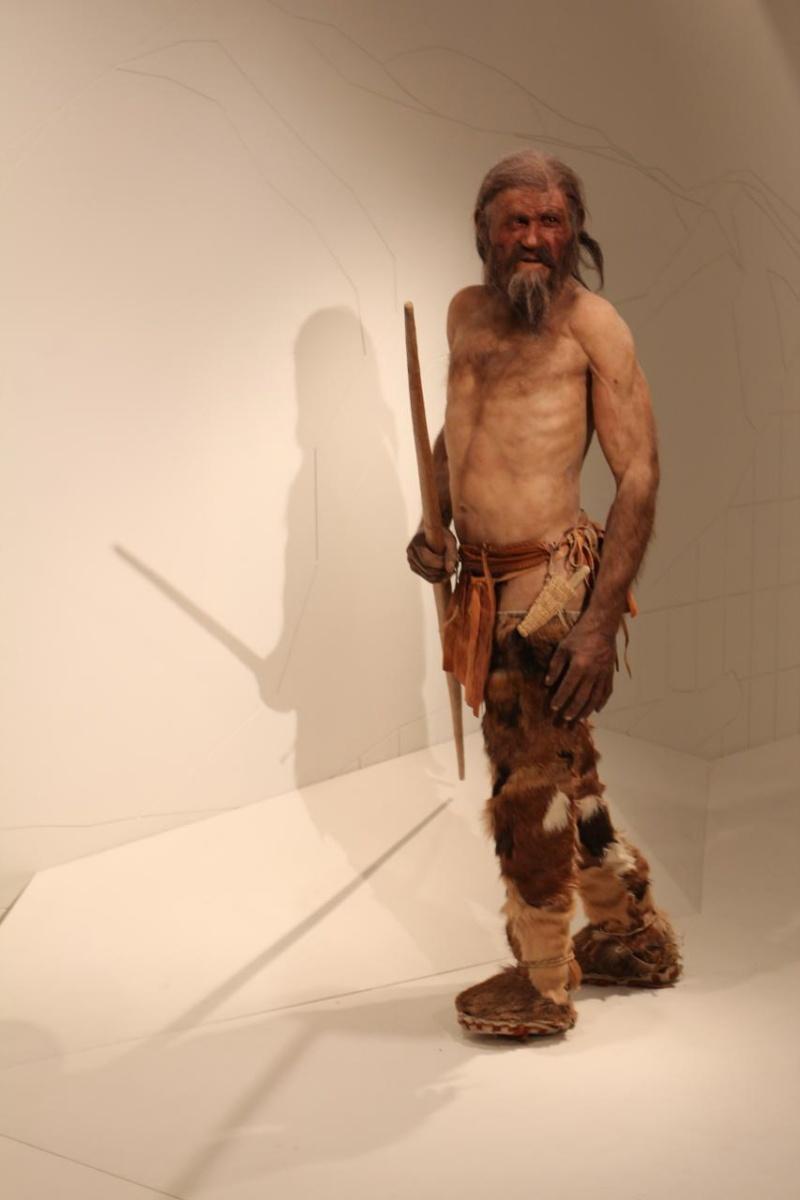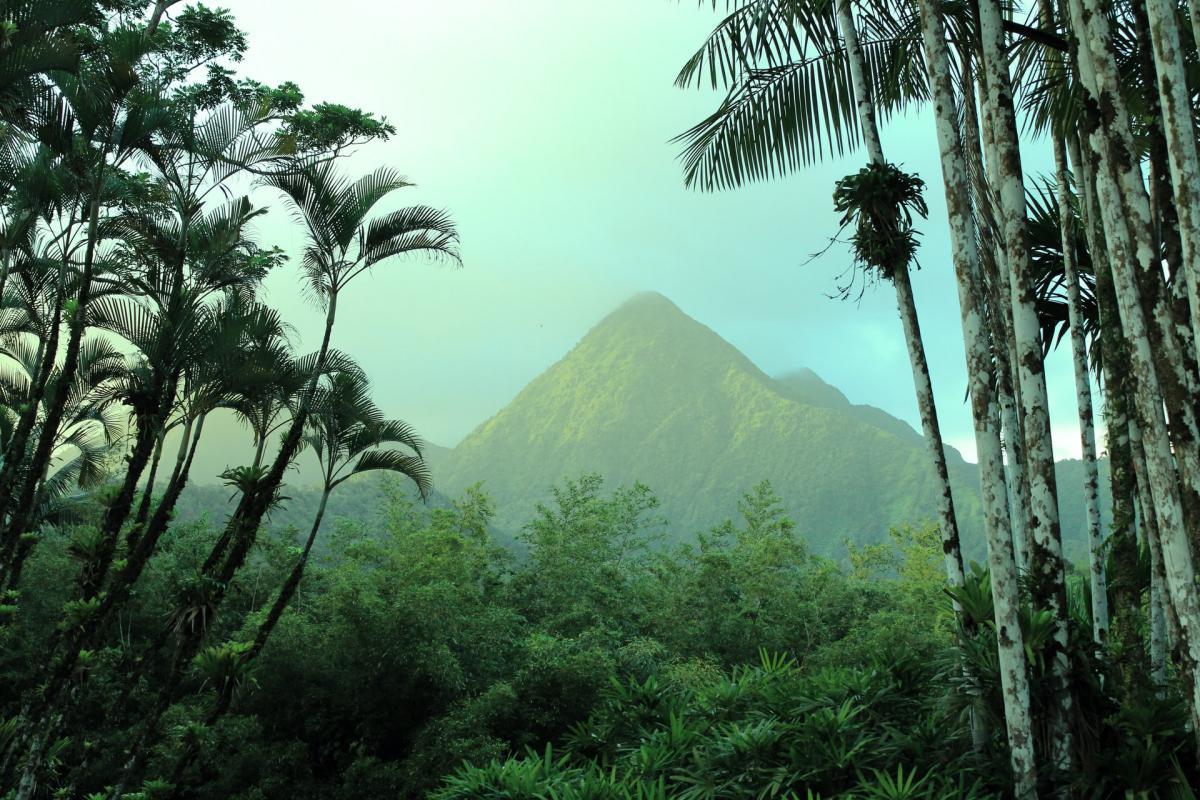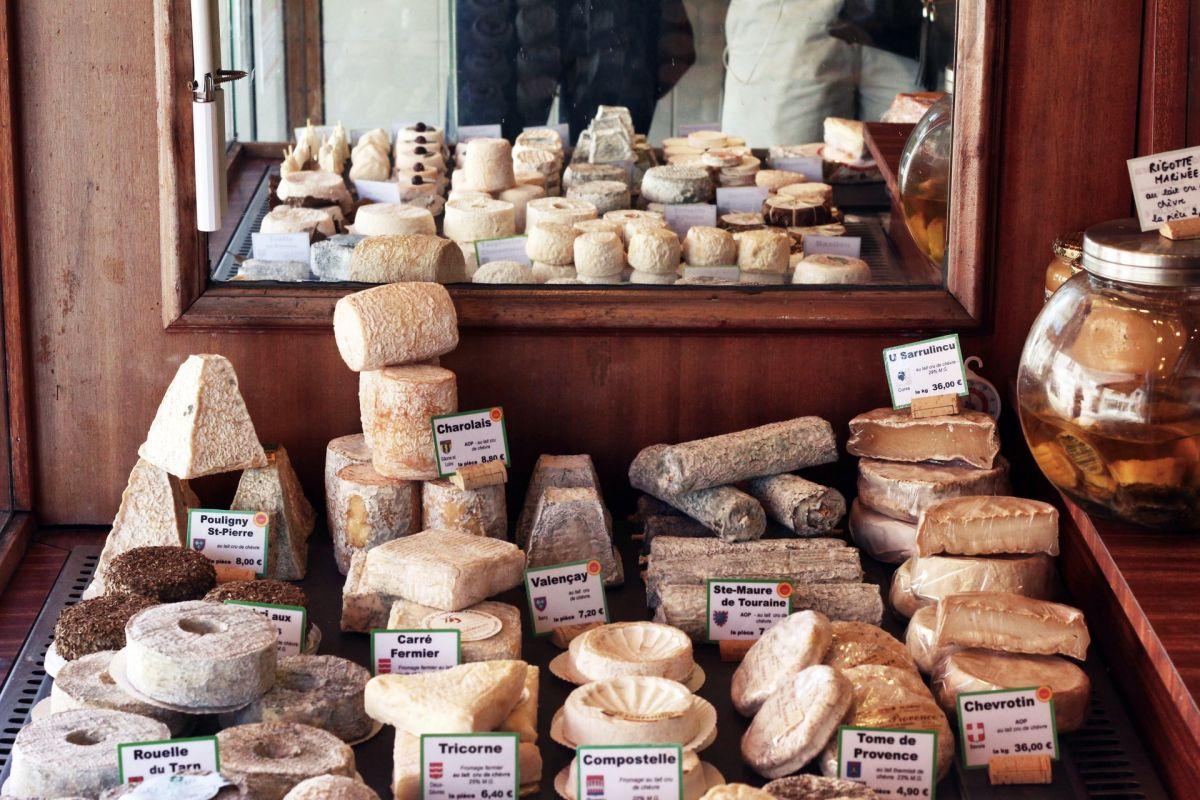20 Interesting Facts About the French Alps
The Alps are the main mountain range in Europe, stretching between France, Italy and Switzerland. The French Alps, located southeast of the country, include vast areas of mountains and wild forests, and are a delight for nature lovers: the Vanoise, the Ecrins and the Mercantour national parks offer stunning landscapes that are perfect for hiking, as well as an incredible animal and plant biodiversity.
The French Alps also have an important cultural background because of its historical heritage you can discover by wandering through the picturesque streets of Old Annecy or the upper town of Briançon.
Discover 20 interesting facts about the French Alps to learn more about this beautiful natural wonder! 🏔
The Best French Alps Facts
The French Alps are one of the five mountain ranges of the country. They are probably the most famous one though, and are definitely an amazing place to visit if you ever can. However, there are lots of facts that you probably don’t know about them.
That is exactly why I made a list of the best French Alps facts: enjoy!
1. It took a very long while for the French Alps to be created
Not only did it take long for the whole mountain range to appear, but it was also a complicated process resulting from chain reactions that lasted for millions of years.
Where the French Alps stand now, there was already a mountain range, called the Hercynian mountains. It eroded at the end of the Paleozoic era though. After lots of erosion and floods, the Alpine orogeny began the formation of the Alps, 65 million years ago.
2. The French Alps have very impressive numbers to show off
This will probably not surprise you, considering how massive the French Alps are and cover many regions and countries in Western Europe, but they have many very impressive numbers that you should know about.
Want me to be more precise? They are more than 1,000 km / 621 miles long, more than 200,000 km² / 77,220 sq mi in land area and on average around 2,000 m / 6,561 feet above the sea.
3. The highest peak of Europe, Mont Blanc, is located in the French Alps
Mont Blanc in French, Monte Bianco in Italian, is the highest peak in Europe, at 4,807 m / 15,771 feet. It is situated in the French part of the Alps, along the French-Italian border, even reaching into Switzerland. Because the summit is in French territory though, it is part of France.
It was not before 1786 that the summit of Mont Blanc was conquered, by Michel-Gabriel Paccard.
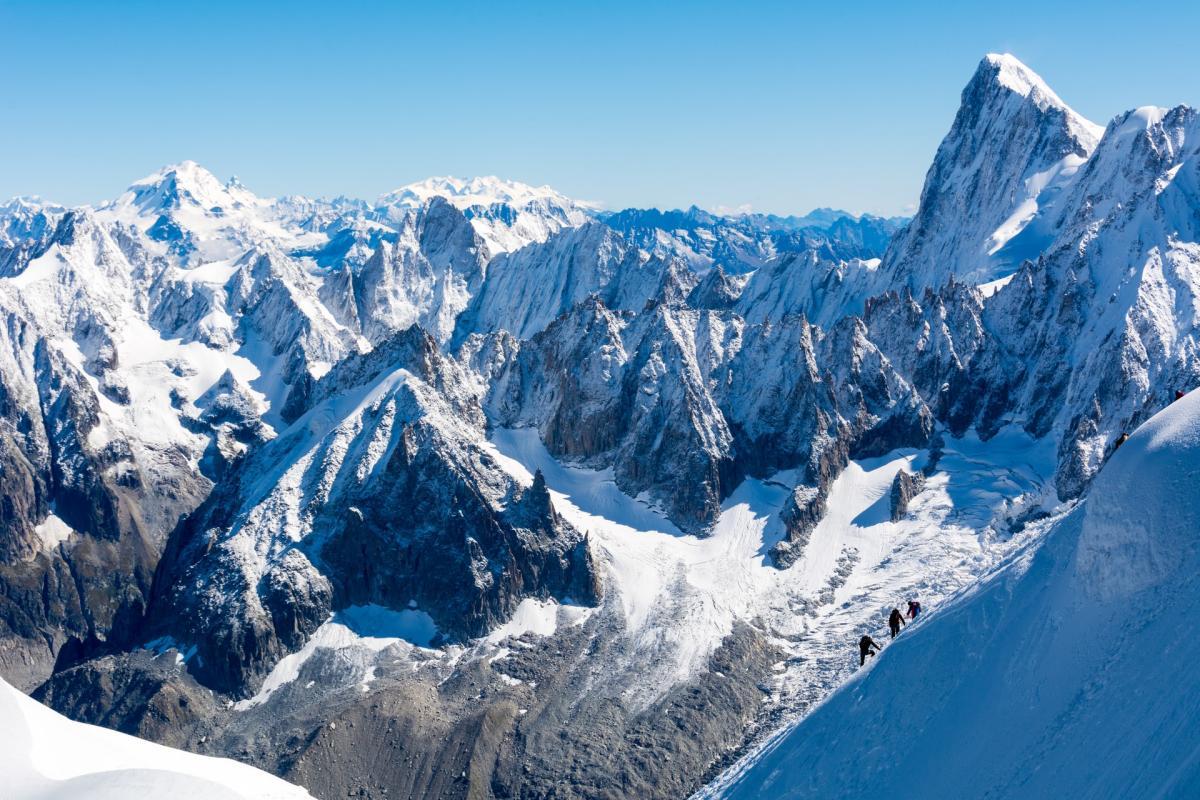
4. There are people living in the middle of the French Alps
Do not worry, people will not settle at the top of a mountain and freeze to death. There are actually plenty of lovely valleys in the middle of the French Alps, which is where most cities are located.
Sadly, the human impact on the fragile environment there was critical. Many of the fauna and flora are now either seriously endangered or even already disappeared.
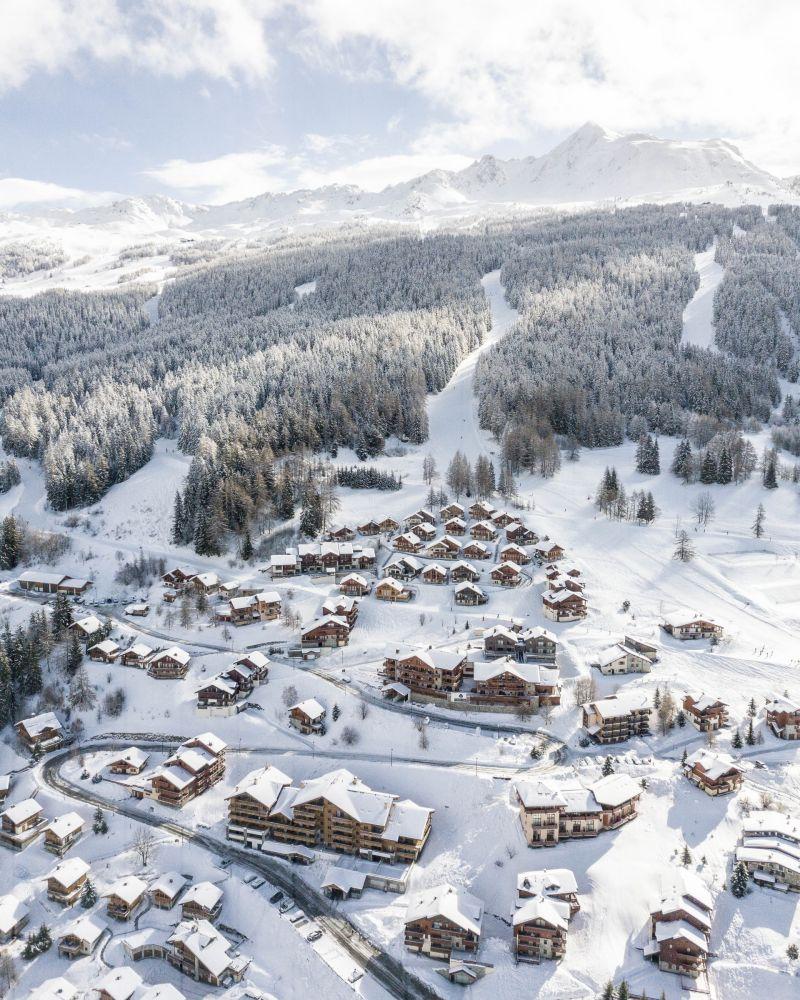
5. The French Alps provide water and electricity to all of Europe
You might not think of a mountain range as a very useful tool for water and electricity production, but that is exactly what the French Alps are.
Though they are not that big compared to the size of Europe, they provide 90 percent of the water flowing into rivers and lakes in the continent. On top of that, these waters are used in over 500 hydroelectric power plants, and they generate up to 2,900 GWh of electricity!
6. Several different industries help people live in the French Alps
The most common source of living in the French Alps is raising livestock. Because of their climate, it is simply ideal.
However, more and more different industries are starting to appear there, such as the use of hydroelectric power. This led to the establishment of many electricity-dependent industries, like aluminum, steel and chemicals. Tourism is also going through the roof in recent years, with tourists from all around the globe.
7. The French Alps are either covered in trees or in ice
If you ever go to the French Alps, you will see many, many trees. At lower elevation, they are mostly oaks, elms and lindens. When you go higher, almost all of them are coniferous, with spruces and lots of pines.
At approximately 900 m / 2,953 feet above sea level, there is a lot of glaciation or simply meadows. This is the ideal place to bring livestock during summer.
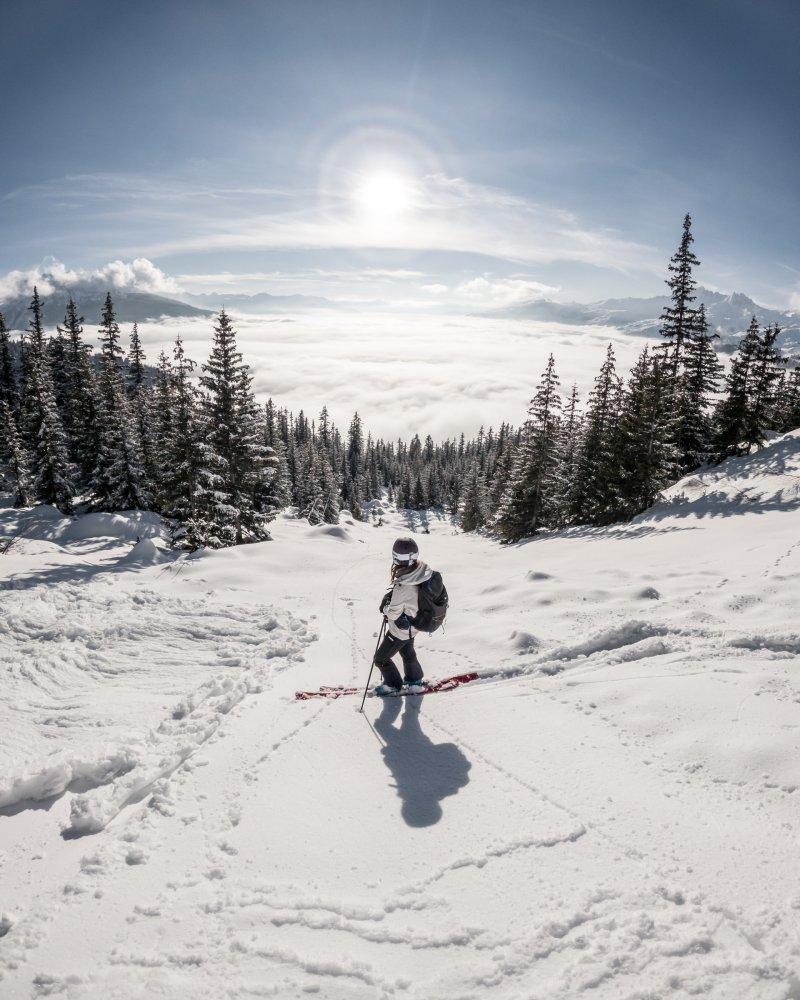
8. The emblem of the French Alps is the ibex, a wild goat
There are many different animals and plants in the French Alps, do not get me wrong, but the most famous one has to be the ibex, and by far.
This wild goat adapted itself to the surrounding areas throughout the centuries, and can now climb very steep slopes as well as find something to eat all around the year.
9. The weather in the French Alps is extreme
This will come as a surprise to no one, but an extreme region such as the French Alps has extreme weather.
The weather depends on the region though, because they are very different from each other. In the west, the air is mild and moist from the Atlantic. In the north, it is cold and polar. In the east, it is cold and dry during winter and hot in summer. In the south, the Mediterranean air flows.
10. The Alps are Europe’s youngest mountain range
Yes, 65 million years old is not enough to be old in terms of mountain ranges! The French Alps are in fact Europe’s youngest mountain range.
It is said that they have been inhabited for the past 60,000 years. Compare that number to the age of the mountain range and you will realize how old and impressive they are.
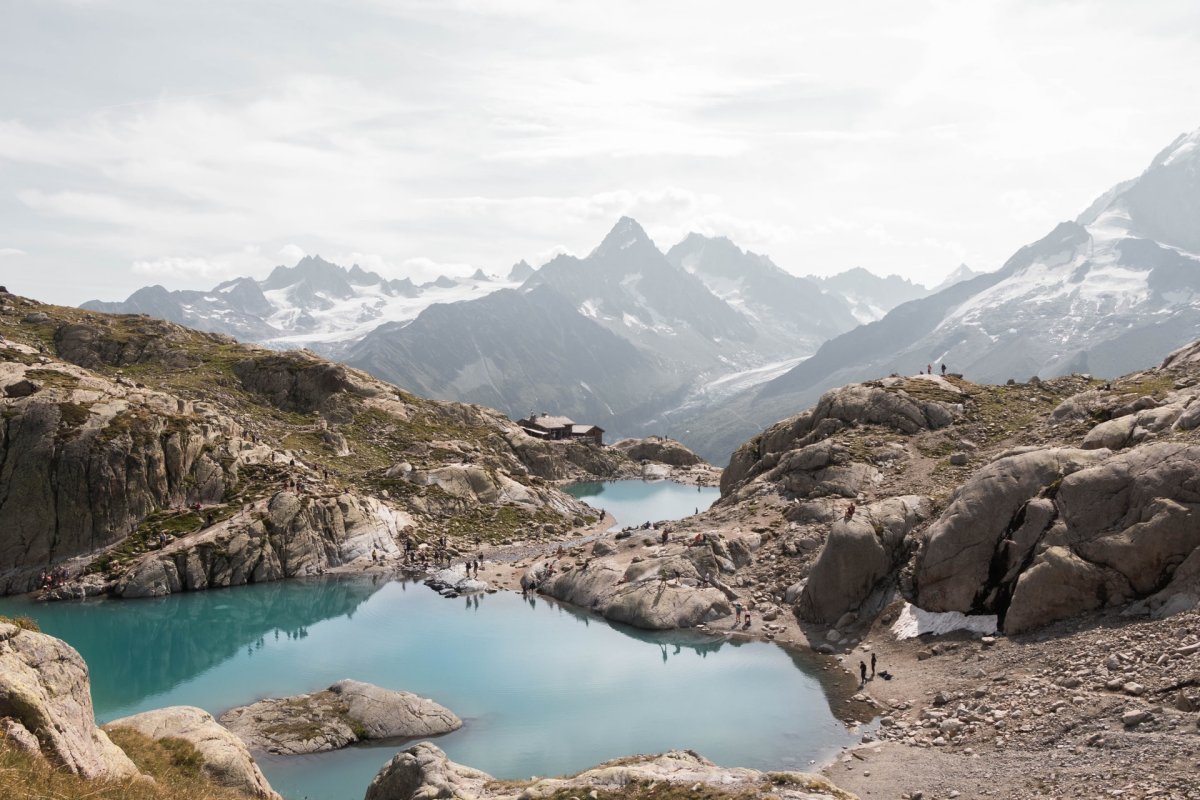
11. The French Alps were not always that popular
Nowadays, the French Alps attract more than one hundred million people every year! This is an insane number for such a special and rocky region.
In the past though, they have always been seen as a very dangerous and distant location, obviously because of the lack of technological marvels. It was during the 18th and 19th centuries that they started to become more and more popular, because of artists, poets and writers.
12. The Iceman was discovered in the Alps, but not in France
The Iceman, also called Ötzi, is a mummified man who is probably around 5,000 years old. He was discovered in a region which now bears his name, the Ötztal Alps, located on the border between Austria and Italy, in September 1991. It is a natural mummy of a man who lived somewhere between 3,400 and 3,100 BCE.
Ötzi is a very important tool for paleontologists to learn more about the region of the Alps.
13. The Alps make up for 11 percent of the area of Europe
The Alps in general are just huge. They reach many different countries, and constitute 11 percent of Europe’s surface!
Because of this, they have a very strong influence on Europe’s climate. This is due to the fact that the Alps have many huge variations in elevation and exposure, controlling the winds and the air in all of Europe.
14. The biggest city in the French Alps is Grenoble
While this is not official, Grenoble can be considered as the capital city of the French Alps, and maybe even of the Alps as a whole. The city gathers 500,000 inhabitants and is the biggest one of the mountain range.
If you want to visit the French Alps, you should visit Grenoble, there are many museums that you could enjoy. The city is also famous for its universities and research centers.
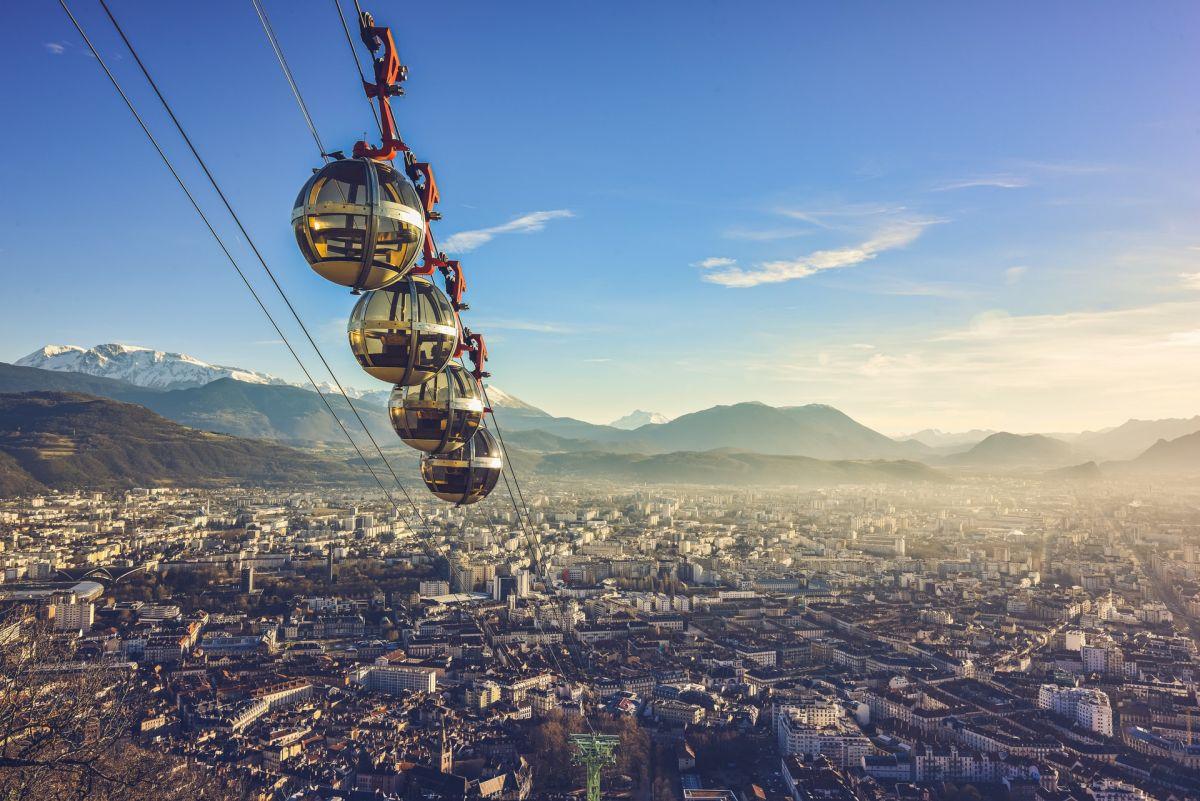
Grenoble, France
15. Glaciers have covered the Alps for centuries
In case you do not know what they are, glaciers are a permanent blanket of ice and snow.
In the French Alps and everywhere else, they are permanent above 2,743 m / 9,000 feet above sea level. In 1876, the Alps glaciers covered around 1,817 km² / 701 sq mi. In 1973, this shrunk to 1,342 km² / 518 sq mi. Nowadays, the situation is sadly getting worse and worse, as you would expect.
16. Emperor Napoleon crossed the French Alps in 1800
Emperor Napoleon Bonaparte, the French legend himself, crossed one of the French Alps’ passes in 1800. At that time, it was extremely hard, especially with his army of 40,000 men! The prowess was immortalized by Jacques-Louis David, in a very famous painting.
Unfortunately for France, this feat of strength only resulted in a loss during the Battle of Marengo, against the Austrians.

Napoleon Crossing the Alps, Jacques-Louis David, 1801
17. Many languages are spoken in the Alps
You already know it, the French Alps are only a small portion of the whole mountain range of the Alps.
French is spoken obviously, not only in France but also in Switzerland. The other most spoken languages are Italian, German and Slovenian. Various dialects can be heard in the many very different regions that the Alps cross.
18. Transportation was very hard to set up in the French Alps
Because of how steep the terrain of the French Alps is, it was very hard to add transportation there. However, mountain passes have been in use since Celtic times, connecting isolated valleys to the rest of Europe.
When road transportation and trains began to develop, there were less and less extremely isolated areas in the French Alps. Tunnels were built and roads were added for everyone to visit this wonderful region.
19. There were climbers in the French Alps for many centuries
The French Alps have always been a very interesting place to explore and to study. Because of this, many records of ascents of several peaks date as early as the 14th century!
It was not before the 18th and 19th centuries that this activity became very serious and spread throughout the world though. The most famous of these explorers is probably professor Horace Bénédict de Saussure.
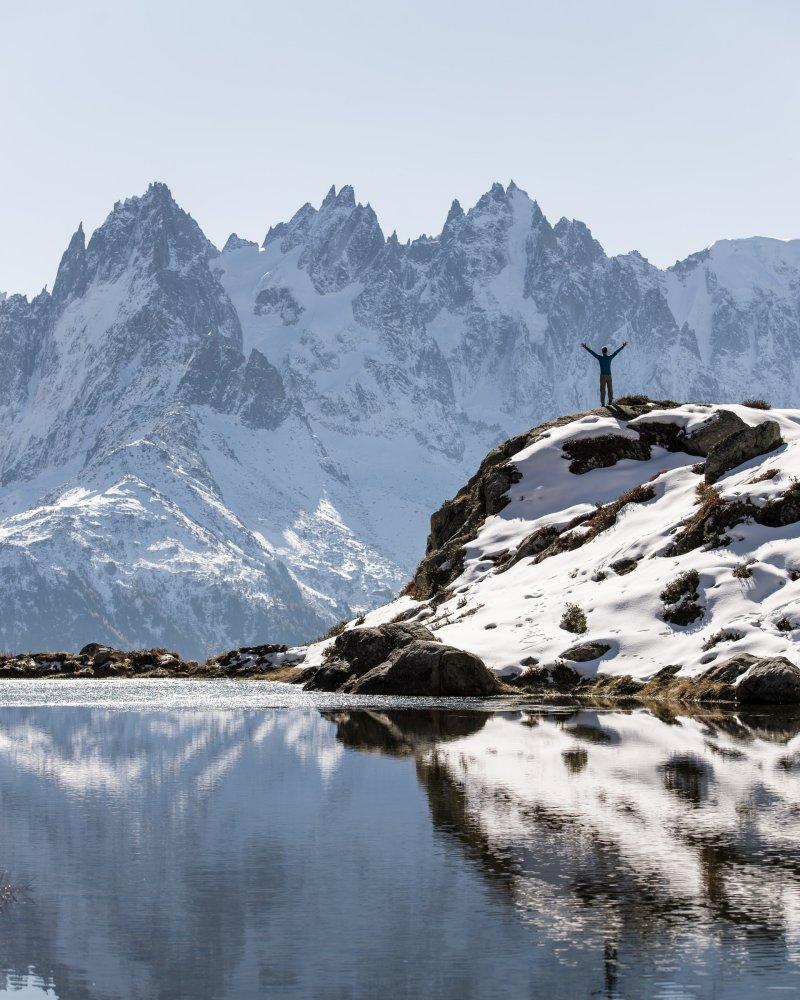
20. Even celebrities love the French Alps
Everyone loves the French Alps. Many French people head there every winter to enjoy skiing as a family.
But more than that, some celebrities (like Brad Pitt, Elton John and George Clooney) are crazy about the Alps in general. You will see most of them around Lake Como, a picturesque and marvelous lake in the Alps.
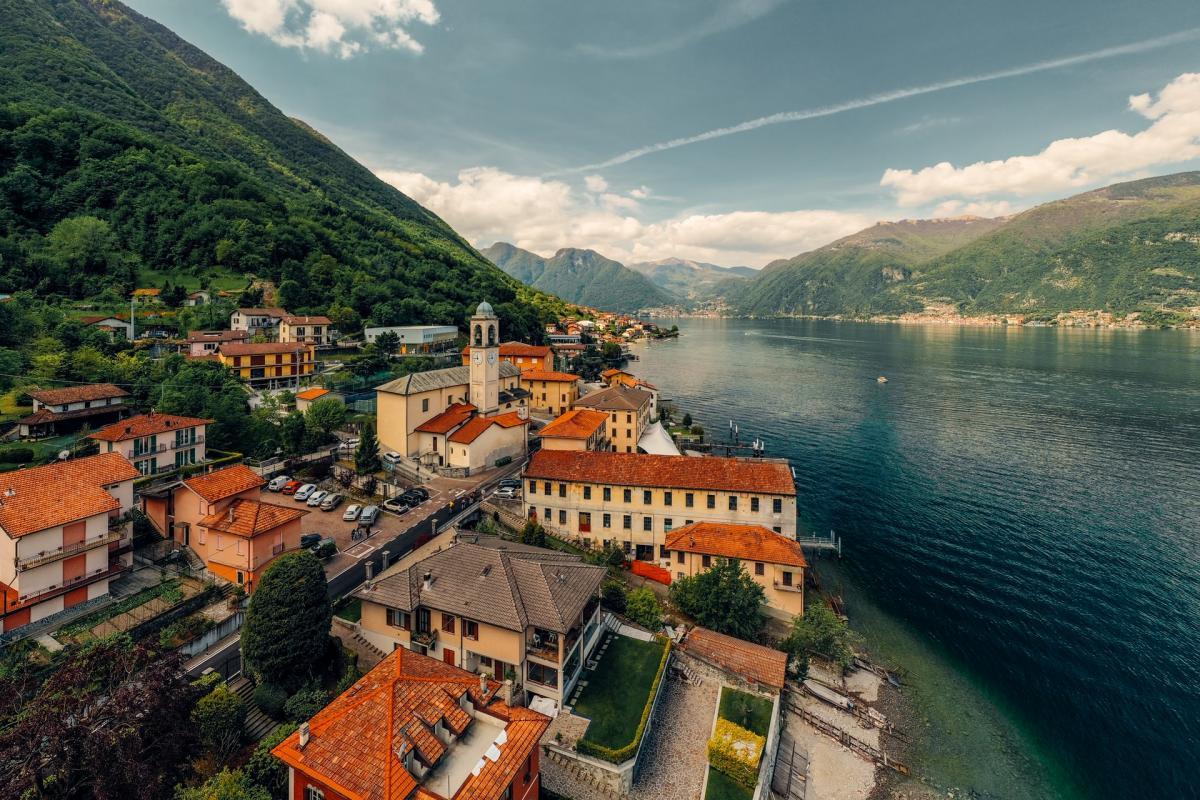
Lake Como
So there you have them, these were all my 20 interesting facts about the Alps in France. I hope you enjoyed them and that you learned something new today.
In case you want to learn more about the rest of the country, feel free to keep reading, as I still have lots of things to tell you about.
More Facts!
Want to learn more facts about France?
Well, I have other France facts posts I’m sure you’ll love reading!
Here is the main guide of the best France facts 👉 The 60 Best Facts about France
Check out these France facts by city:
- Facts about Paris
- Facts about Lyon
- Facts about Marseille
- Facts about Strasbourg
- Facts about Nice
- Facts about Bordeaux
- Facts about Toulouse
- Facts about Cannes
Or these French facts by region:
- Facts about Brittany
- Facts about Normandy
- Facts about Corsica
- Facts about Martinique
- Facts about Guadeloupe
- Facts about French Guiana
You can also check these French facts by topic:
- Facts about French food
- Facts about French people
- Facts about the Tour de France
- Facts about Christmas in France
- Facts about the French language
- Facts about French schools
- Facts about French cheese
- Facts about fashion in France
- Facts about Easter in France
- Facts about Disneyland Paris
Or click here to see ALL the facts up on the blog! Spoiler alert: there’s A LOT of them.
The Full List of 20 French Alps Facts
- It took a very long while for the French Alps to be created
- The French Alps have very impressive numbers to show off
- The highest peak of Europe, Mont Blanc, is located in the French Alps
- There are people living in the middle of the French Alps
- The French Alps provide water and electricity to all of Europe
- Several different industries help people live in the French Alps
- The French Alps are either covered in trees or in ice
- The emblem of the French Alps is the ibex, a wild goat
- The weather in the French Alps is extreme
- The Alps are Europe’s youngest mountain range
- The French Alps were not always that popular
- The Iceman was discovered in the Alps, but not in France
- The Alps make up for 11 percent of the area of Europe
- The biggest city in the French Alps is Grenoble
- Glaciers have covered the Alps for centuries
- Emperor Napoleon crossed the French Alps in 1800
- Many languages are spoken in the Alps
- Transportation was very hard to set up in the French Alps
- There were climbers in the French Alps for many centuries
- Even celebrities love the French Alps
Share the knowledge! Click on the buttons below to share these facts with your friends, and help them learn more about the world 🙂
Pin this to Pinterest!
Enjoyed this guide? Then help a fellow traveler and pin it! They'll most definitely love you for it, 100% guarantee.
